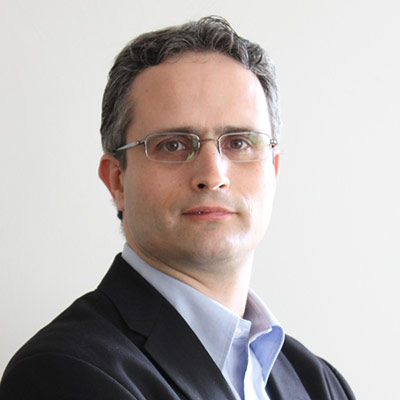











Stand Up To Cancer announced a $10 million award to a Stand Up To Cancer Dream Team focused on revolutionizing the treatment of multiple myeloma through early detection of precursor conditions before they turn into full-blown disease.


The SU2C Multiple Myeloma Dream Team will be led by Irene Ghobrial, associate professor of medicine at Dana-Farber Cancer Institute and co-director of the Center for the Prevention of Progression of Blood Cancers at DFCI, with Ivan Borrello, associate professor of oncology at Johns Hopkins University School of Medicine and director of the Cell Therapy and GMP Biologics Core at the Sidney Kimmel Comprehensive Cancer Center at Johns Hopkins, as co-leader.
The announcement of the new SU2C Multiple Myeloma Dream Team was made at an event during the 2018 Annual Meeting of the American Association for Cancer Research, SU2C’s Scientific Partner. The Dream Team is the 23rd announced by SU2C since its inception in 2008 and the first SU2C Dream Team devoted entirely to a hematologic malignancy.
The project will involve what is believed to be the first large-scale population survey in the United States for precursor conditions of multiple myeloma, specifically monoclonal gammopathy of undetermined significance or smoldering multiple myeloma.


Blood samples from approximately 50,000 people, recruited largely through social media, will be analyzed to find what is expected to be about 3,000 with the precursor conditions, which cause no symptoms and are usually detected only when a physician orders a blood test for another reason.
Because it is unclear how to tell whether someone with MGUS or SMM will progress to full-blown multiple myeloma, the research team will follow those with the precursor conditions and will use the samples to discover biomarkers that will help predict those with a high risk of progressing. The team will also work to develop treatments for high-risk SMM and multiple myeloma.
The target population for the survey includes people with first-degree relatives who have had multiple myeloma, and African-Americans, since African-Americans are three times more likely than whites to develop the precursor conditions and tend to develop them at an earlier age.
Websites will allow people who have the specified characteristics to sign up for the survey, provide their consent, and obtain a sample kit which their doctors can use to draw blood samples and send the samples to the research team.
In addition to Ghobrial and Borrello, the Dream Team will include:
Joseph Mikhael, associate professor of medicine, Mayo Clinic Arizona;
Timothy Rebbeck, professor of epidemiology, DFCI;
Jeremiah Johnson, associate professor of chemistry, MIT;
Lorelei Ann Mucci, associate professor of epidemiology, Harvard T.H. Chan School of Public Health;
Gad Getz, director of cancer genome computational analysis, Broad Institute; and
Viktor A. Adalsteinsson, group leader, Blood Biopsy Team, Broad Institute.
Serving as patient advocates on the Dream Team are Cheryl Boyce, executive director emeritus of the Ohio Commission on Minority Health, and Jenny Ahlstrom, president and founder of the Myeloma Crowd, a division of the Crowd Care Foundation. Both are multiple myeloma patients.
The hypothesis of this proposal is that early detection of MGUS/SMM in a high-risk population, along with a good understanding of the molecular and immune factors that lead to disease progression, will lead to effective strategies that intercept disease progression and improve survival.
The Dream Team proposes to conduct a screening study of individuals over the age of 45, who are at a high risk for having MGUS or SMM, such as African-Americans and individuals who have a first-degree relative that has been diagnosed with a plasma cell disorder. This study will be called the PROMISEstudy. IT will focus on these populations because they are two to three-fold more likely than others to have these precursor conditions.
The team expects to screen 50,000 individuals to obtain 3,000 MGUS/SMM cases to intensively study and follow over time as a cohort. The Dream Team will study this cohort in an effort to define biological characteristics that will help to identify which patients will benefit from particular therapies. These biological characteristics include inherited mutations, acquired mutations, and immune factors. The Dream Team will also identify lifestyle and demographic factors that contribute to disease progression, such as obesity and race.
The team will use this information to develop new therapeutics that that can be used to prevent MM from progressing. These include novel technologies of nanoparticles for better imaging of early disease and the first personalized neoantigen vaccine study for the population of patients screened.








